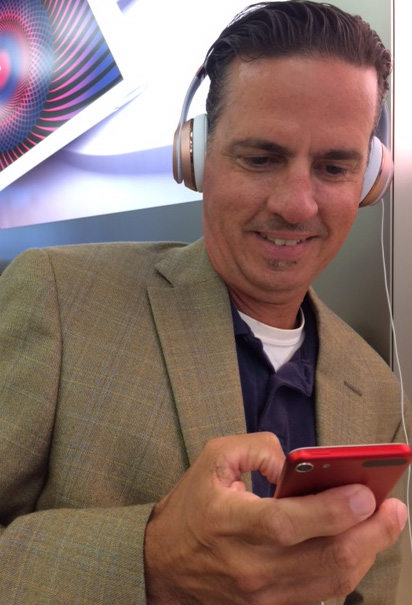Honing in on Dedicated Consumers
As healthcare communicators we are always looking for new and creative ways to get our messages out to our desired audiences.
One of the fastest-growing mediums in recent years has been podcasting. The 2017 Infinite Dial Study by Edison Research and Triton Digital found that 40 percent of all Americans age 12+ have listened to a podcast at some point. That’s up from only 13 percent 10 years ago. And 24 percent listened to one within the past month.
In addition, podcast listeners are active consumers. Edison Research reports that of all audio sources, listeners spend 30% of their listening time on podcasts, compared to 21% on AM/FM radio and 23% on owned music.
According to the Pew Research Center, one of the largest podcasting hosting services, Libsyn, reported 3.3 billion requests for downloads in 2015 (most recent year available). That was up from 2.6 billion in 2014, 1.9 billion in 2013 and 1.6 billion in 2012.
Why is podcasting so popular?
One reason is that people are busy. They just don’t have time to sit and pay attention to the vast flood of media information and entertainment that is coming at them.
Podcasts are a practical and convenient means for multitasking individuals to keep up-to-date with information that is most important to them. And they don’t take much effort. Podcast listeners can plug into their latest episodes anywhere they please – while sitting on the commuter train or bus, working out at the gym (treadmill and healthcare podcast – perfect together?), or doing chores at home.
The continuing popularity of mobile devices and satellite radio (the “connected car”) are helping to spur the growth of the podcast market, as more and more consumers are able to access their favorite podcasts via smartphone, tablet or other portable device.
The introduction of smart speakers such as Apple’s HomePod, Amazon Echo and Google Home products is another positive development for evolving communications platforms that empower consumers to create their own media mix.
New Outreach for Healthcare Communicators
From the healthcare communicators’ standpoint, this suggests an attractive opportunity – to have a captive audience for (typically) 30 to 45 minutes so that your unfiltered, uncensored healthcare message can be heard. It’s a unique chance to develop the kind of personal relationship and engagement that blogs, Facebook and Twitter can’t match.
Done well, your podcasting platform can help position your doctors, nurses or other healthcare professionals as authorities while at the same time driving traffic back to your website. (Every podcast directory provides a link back to your website, thus you can channel listeners there at the conclusion of each podcast.).
One more consideration is that, because of this more intimate level of engagement, podcast listeners tend to be more intent listeners. Midroll, a podcast advertising network, reports that 63% of its listeners purchased a product or service after hearing it advertised on a podcast. It isn’t far-fetched to think that an already pre-qualified listener (one who has made the choice to download your podcast) might be predisposed to visit your hospital or practice to sign-up for a procedure, service, or healthcare event that your podcast has covered in interesting detail.
Metrics Still Evolving
Earlier this year, Nielsen, the prominent media measurement company, announced that it was working with several key clients in testing a platform for podcasting metrics. Currently, the key measurement involves tabulating how many users download specific podcasts from a hosting platform such as Libsyn or iTunes. Nielsen is reportedly looking for ways to gain a better understanding about the time users spend listening and being engaged, as well as individual listener demographics. Nielsen says it hopes to launch its podcast metrics platform toward the end of 2017.
For healthcare communicators, this is offered as the “why” you should consider podcasting. In a future SPRYTE Insights Blog we’ll discuss the “how” you should go about setting up a podcasting program.
